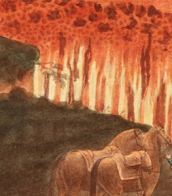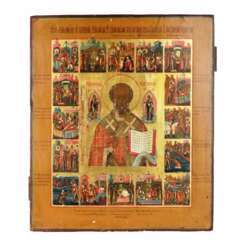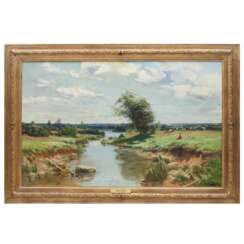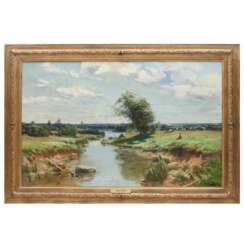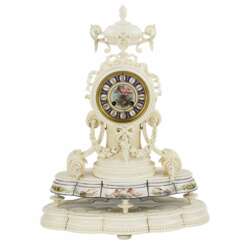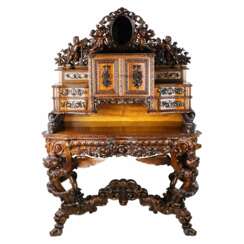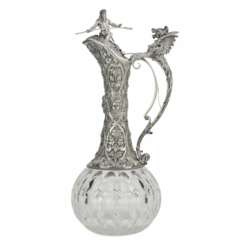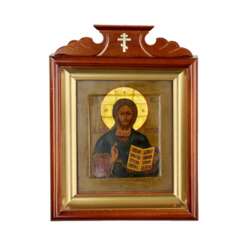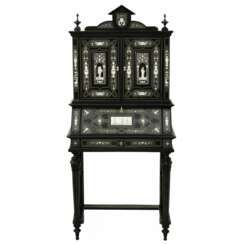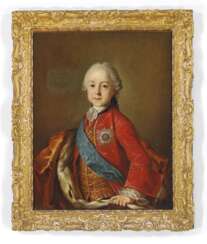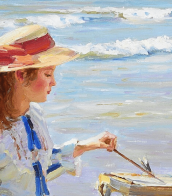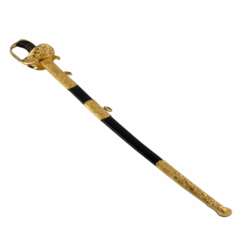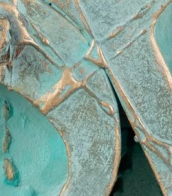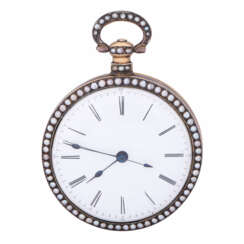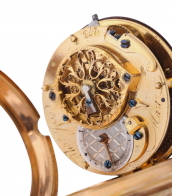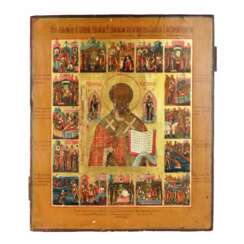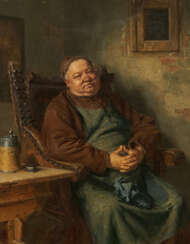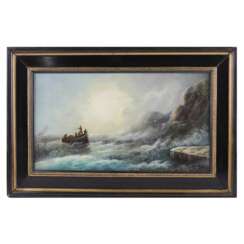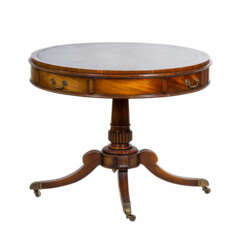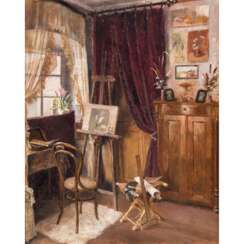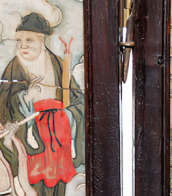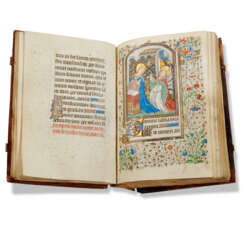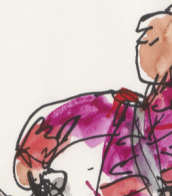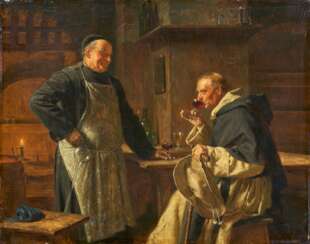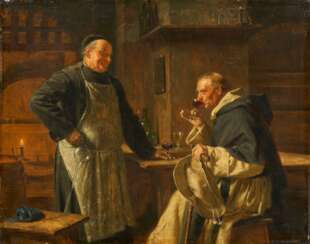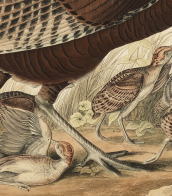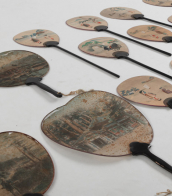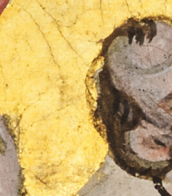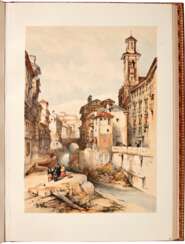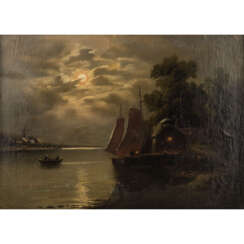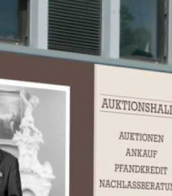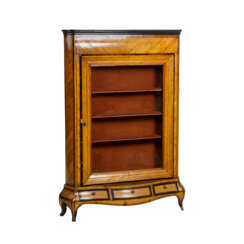second half of the 19th century.
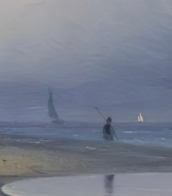

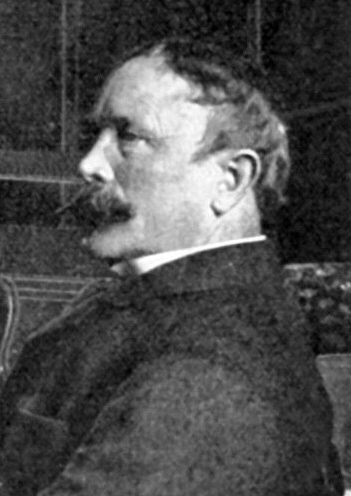
Eduard von Grützner was a German painter of the late 19th and early 20th centuries. He went down in the history of European art as a portrait painter and a brilliant master of genre.
Eduard von Grützner in most of his paintings depicted the life of monks, who usually appear to the audience in the images of merry rioters, leading a not ideal lifestyle. The public liked the original humorous style of the painter, and Grützner's work had many admirers.
Grützner was awarded the Royal Order of St. Michael and also received the title of honorary professor at the Munich Academy of Fine Arts. He also became a Knight of the Order of Civil Merit of the Bavarian Crown and received the title of nobleman, with the prefix "von" added to his last name.
Von Grützner is also known as a collector of art and antiques. For many years he collected masterpieces of the Gothic and Renaissance masters, and towards the end of his life he became interested in Far Eastern art.
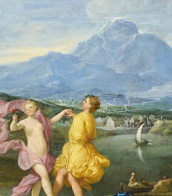
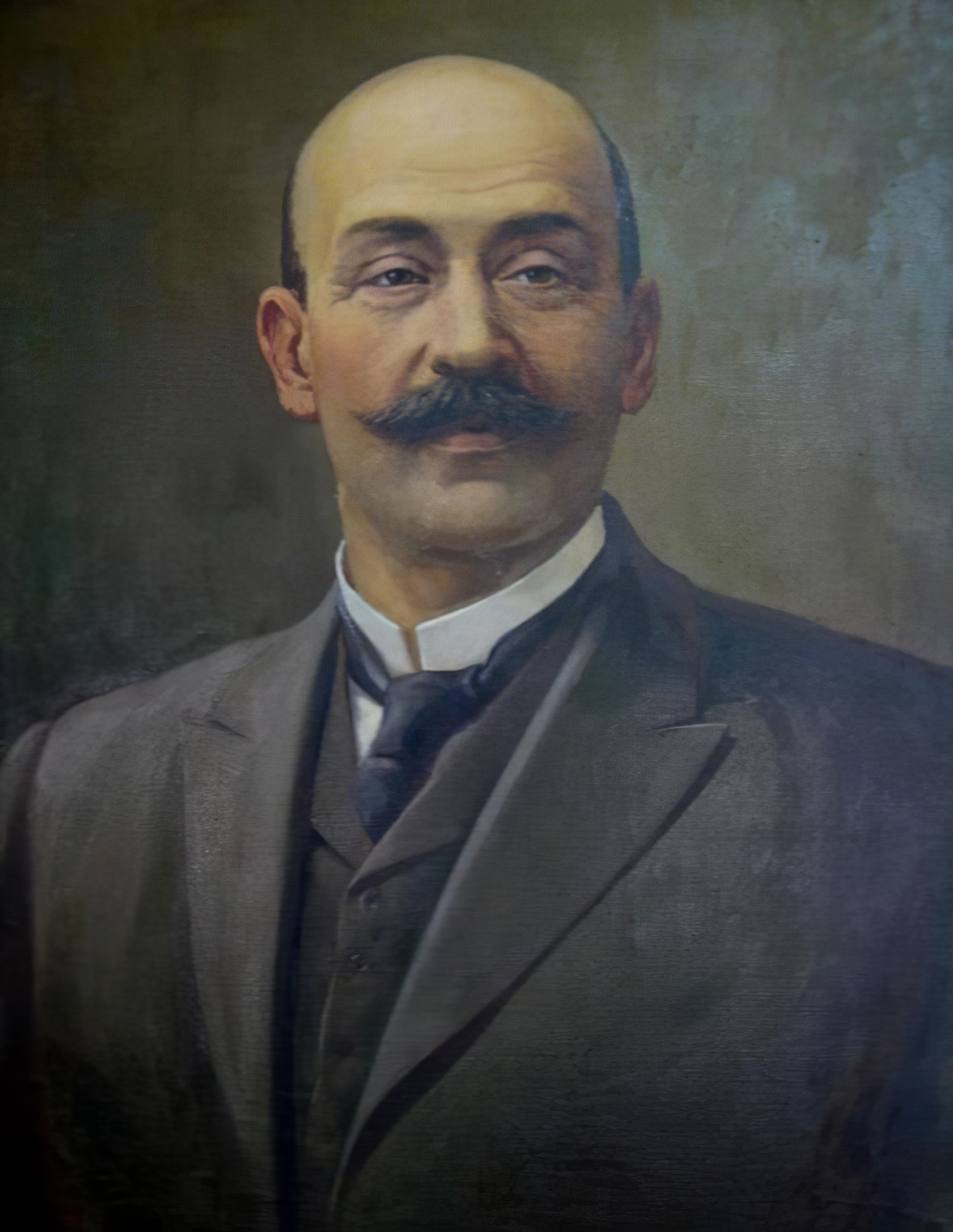
Franz Roubaud (Russian: Франц Алексеевич Рубо) was a Russian painter, known for his panoramic paintings and battle scenes. Born in Odessa in 1856, Roubaud studied at the Imperial Academy of Arts in St. Petersburg and furthered his education in Munich. His works are celebrated for their meticulous detail and dynamic composition.
One of his most famous works is the "Siege of Sevastopol," a monumental panorama depicting a key event from the Crimean War. This masterpiece is housed in the Panorama Museum in Sevastopol and stands as a testament to Roubaud's ability to convey historical grandeur and emotional intensity.
Roubaud's contributions to Russian art extend beyond his canvases, as he was also a respected professor at the Academy of Arts in St. Petersburg. His legacy continues to influence modern Russian painters, and his works are sought after by collectors and art enthusiasts worldwide.
Stay updated on new product sales and auction events related to Franz Roubaud (Rubo) by signing up for our newsletter. Don’t miss the chance to own a piece of history!
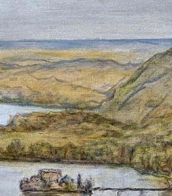
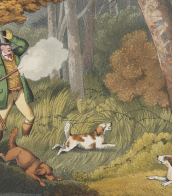

Eduard von Grützner was a German painter of the late 19th and early 20th centuries. He went down in the history of European art as a portrait painter and a brilliant master of genre.
Eduard von Grützner in most of his paintings depicted the life of monks, who usually appear to the audience in the images of merry rioters, leading a not ideal lifestyle. The public liked the original humorous style of the painter, and Grützner's work had many admirers.
Grützner was awarded the Royal Order of St. Michael and also received the title of honorary professor at the Munich Academy of Fine Arts. He also became a Knight of the Order of Civil Merit of the Bavarian Crown and received the title of nobleman, with the prefix "von" added to his last name.
Von Grützner is also known as a collector of art and antiques. For many years he collected masterpieces of the Gothic and Renaissance masters, and towards the end of his life he became interested in Far Eastern art.
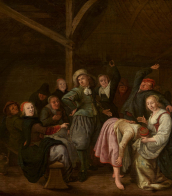

Eduard von Grützner was a German painter of the late 19th and early 20th centuries. He went down in the history of European art as a portrait painter and a brilliant master of genre.
Eduard von Grützner in most of his paintings depicted the life of monks, who usually appear to the audience in the images of merry rioters, leading a not ideal lifestyle. The public liked the original humorous style of the painter, and Grützner's work had many admirers.
Grützner was awarded the Royal Order of St. Michael and also received the title of honorary professor at the Munich Academy of Fine Arts. He also became a Knight of the Order of Civil Merit of the Bavarian Crown and received the title of nobleman, with the prefix "von" added to his last name.
Von Grützner is also known as a collector of art and antiques. For many years he collected masterpieces of the Gothic and Renaissance masters, and towards the end of his life he became interested in Far Eastern art.

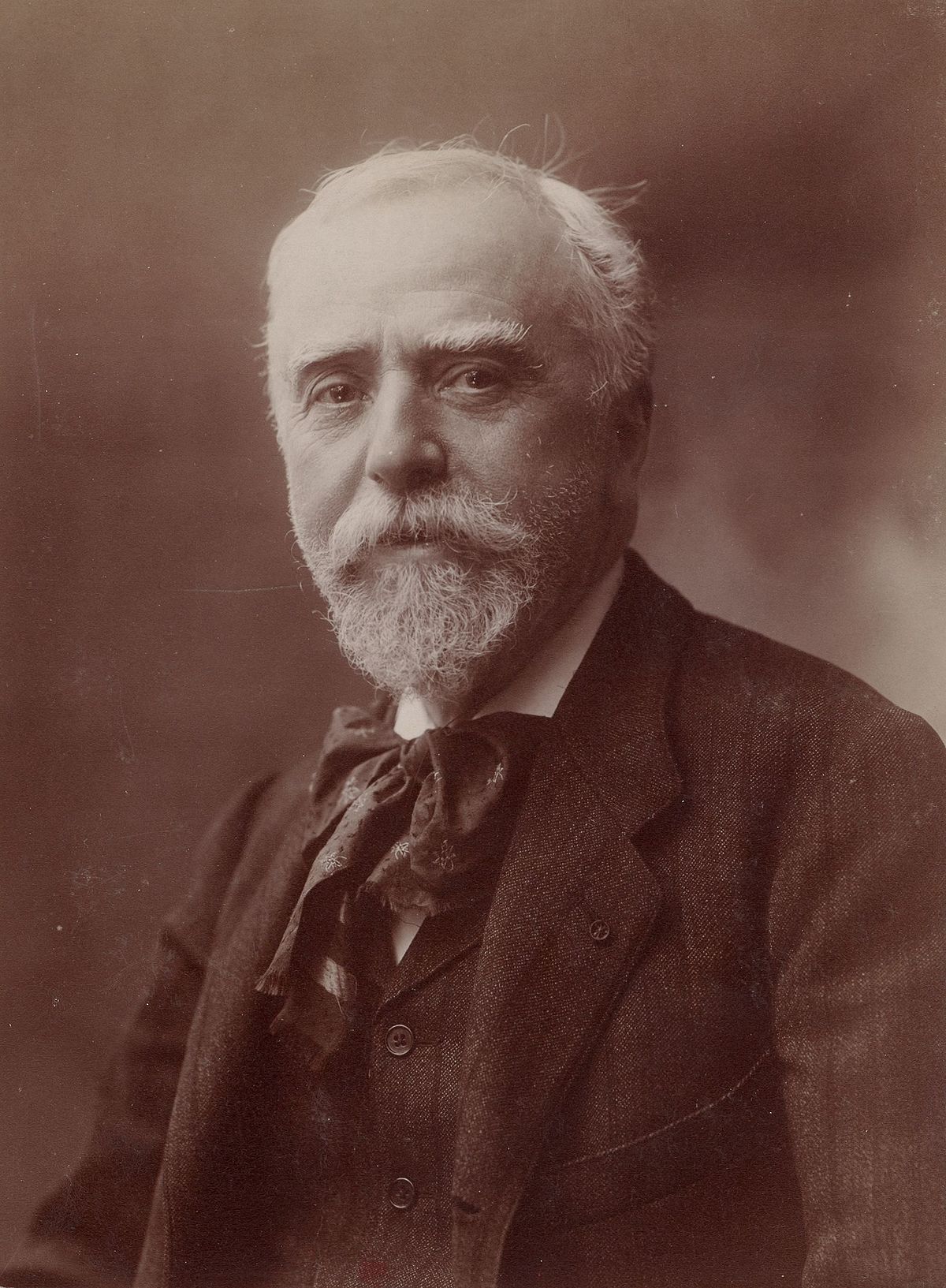
Léon Augustin Lhermitte was a French naturalist painter and etcher whose primary subject matter was rural scenes depicting peasants at work.
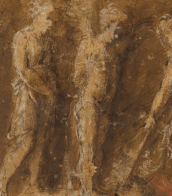
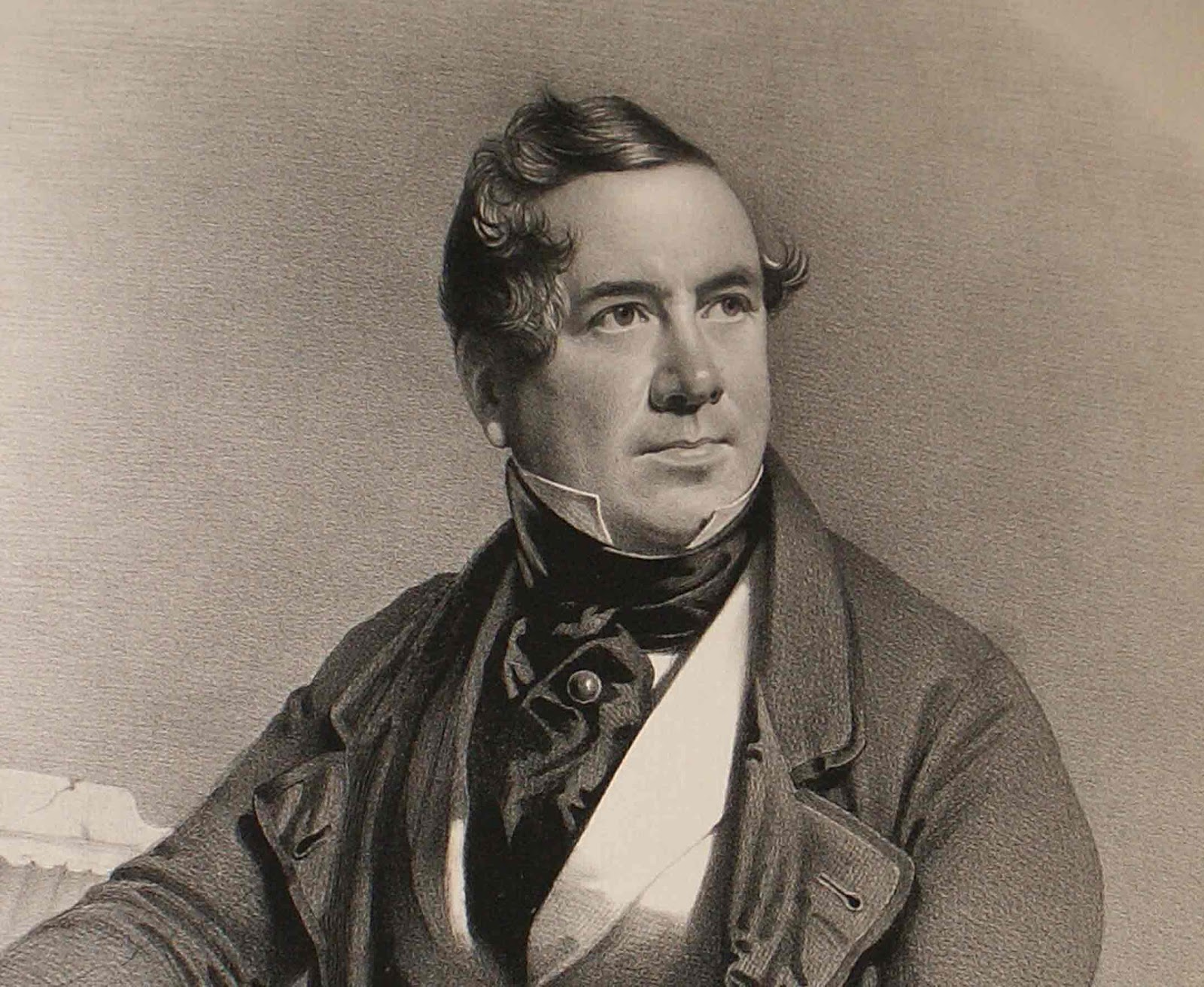
David Roberts was a Scottish painter and a member of the Royal Academy.
Since 1819, David Roberts worked as a scenographer in various theaters, where his creative potential was appreciated. Inspired by the positive feedback, some time later he seriously engaged in painting. After the first exhibition of works, held in 1824, the artist went on a trip. He visited several countries in Europe, where he created many drawings. In 1833, David Roberts continued to explore the world: he went to Spain, where he spent almost a year, also had time to visit Morocco, lived in Cairo for a long time and made sketches everywhere. Subsequently, his works were published in various magazines, and the author gained fame as a talented illustrator. In 1841, the artist became a member of the Royal Academy.
In the 1840s, an album with his works was published, thanks to these publications, David Roberts became the most famous painter of the Victorian era. The artist also skillfully depicted monuments of architecture. David Roberts' paintings are striking in their photographic accuracy, and he is still considered one of the best architectural painters in his homeland.
